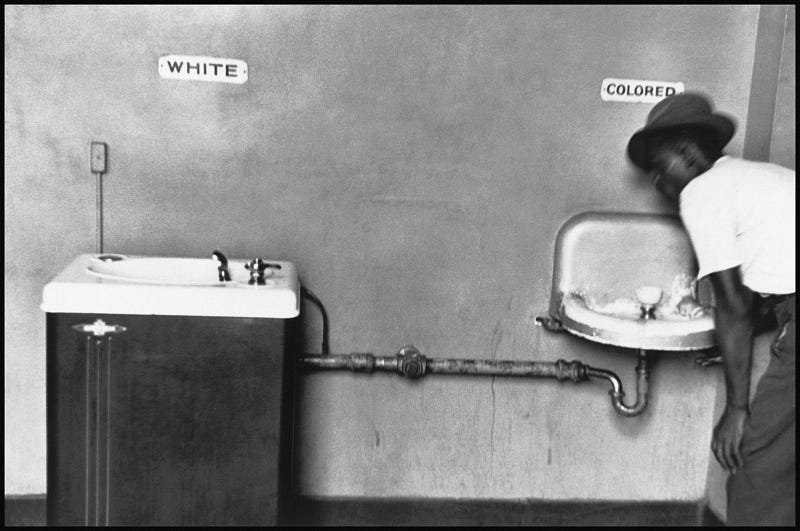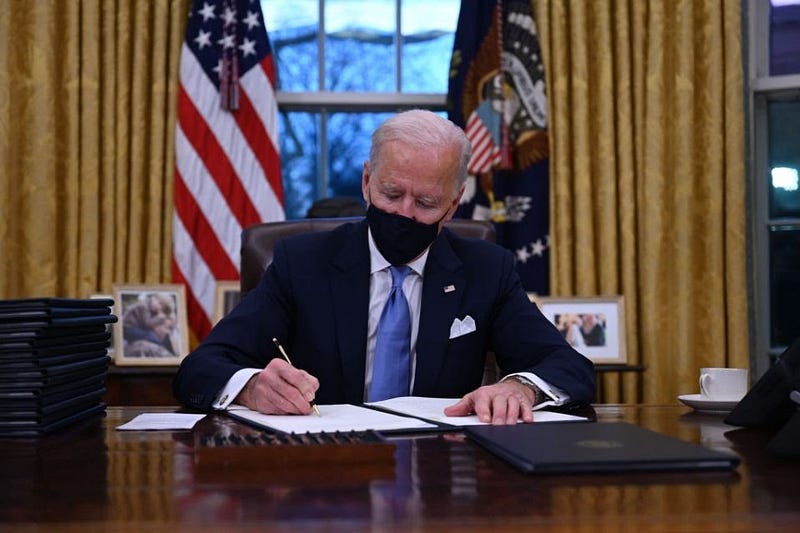On the Shoulders of Giants
Authors: Iman Ali (MPAC Policy & Program Coordinator), Sarah Kawamleh (MPAC Fellow), Kareem Majeed (MPAC Intern)
February was recognized as Black History Month in 1926, by historian Carter Woodson and the Association for the Study of Negro Life and History. However, it was not until fifty years later that the U.S. government decided to formally recognize February as Black History Month. The delays in justice for the Black community seem to also seep into their celebration. Americans owe a great debt of gratitude to the Black community. It is with their sacrifices that the foundations of our nation were built, that generations of leaders known as our founding fathers were raised, and the importance of solidarity among an array of social issues was developed.
The circumstances which have led to the rightful appreciation of Black history can best be understood by analyzing the systematic oppression of such communities, i.e. how people and agencies of power actively used their influence to terrorize a vulnerable community.

While the Black Community has most certainly faced an abundance of hardship throughout U.S. history, the U.S. immigration system has a long history of restrictions and racial exclusions. For example, the Civil Rights Act of 1866 was the first federal law to affirm the equal protection of U.S. citizens under the law, yet it entirely excluded Native Americans from citizenship. Another example of race-based exclusion came with the passing of The Chinese Exclusion Act of 1882, which was a discriminatory statute that prevented the entrance of Chinese people into the U.S. for 10 years.
The African American leaders of the Civil Rights Movement not only empowered their own community but also strengthened the immigrant rights’ movement during the 1960s, which has directly impacted immigrant communities today through public policy reform. For many second and third-generation Muslim Americans, their parents’ and grandparents’ migration to the U.S. is a direct result of immigration policies that were influenced by the Civil Rights Movement.
For example, in Thind v. United States (1923), Bhagat Singh Thind, a WW1 veteran and an Indian Sikh man, was declared ineligible for citizenship simply because he was not white. Thind received his certificate of U.S. citizenship on December 9, 1918, wearing a military uniform as he was still serving in the United States Army. However, the Bureau of Naturalization did not agree with the decision of the district court to grant Thind citizenship. Thind’s nationality was referred to as “Hindoo” or “Hindu” in all legal documents and in the news media despite being a practicing Sikh. At that time, Indians in the United States and Canada were called Hindus regardless of their religion. Thind’s citizenship was revoked four days later, on December 13, 1918, on the grounds that Thind was not a “white man”.

Thind applied for United States citizenship again from the neighboring State of Oregon, on May 6, 1919. The same Bureau of Naturalization official who revoked Thind’s citizenship tried to convince the judge to refuse citizenship to Thind, accusing him of involvement in the Ghadar Party, which campaigned for Indian independence from colonial rule. Judge Charles E. Wolverton wrote that Thind “stoutly denies that he was in any way connected with the alleged propaganda of the Gadar Press to violate the neutrality laws of this country, or that he was in sympathy with such a course. Unfortunately, Thind’s citizenship was revoked a second time by the Bureau of Naturalization in 1926. The Bureau of Naturalization also revoked citizenship granted to fifty other Indian Americans between 1923 and 1926.
Thind petitioned for naturalization a third time through the state of New York in 1935 after the Congress passed the Nye-Lea Act, which made World War I veterans eligible for naturalization regardless of race. Based on his status as a veteran of the United States military during World War I, he was finally granted United States citizenship nearly two decades after he first petitioned for naturalization.
The Thind v. The United States (1923) case deepened the roots for white nationalist immigration policies by catalyzing the passage of the Immigration Act of 1924, which completely excluded Asian immigrants and limited the admission of immigrants to the U.S. through a national origins quota.
In 1941, Sardar J.J. Singh was elected president of the India League for America. As a young man, J.J. Singh was involved in Mahatma Gandhi’s freedom movement and frequently led demonstrations in Lahore, Pakistan. Following the 1923 Supreme Court ruling, he mobilized members of the India League for America and turned the organization into an activist body. The organization lobbied to overturn Thind v. The United States until July 2, 1946, when President Harry Truman signed the ‘Luce-Celler Act,’ which established an immigration quota that enabled South Asians living in the U.S. to seek naturalization.

Despite all these hardships orchestrated by the U.S. Government to target non-white residents during the Civil Rights Movement, African American activists pushed back on race-based immigration policies that perpetuated racial inequities through exclusionary principles. The Immigration and Nationality Act of 1965 represents the most significant effect of the Civil Rights Movement on immigrants to the U.S. Reflecting the spirit of the Civil Rights Movement, the Immigration and Nationality Act of 1965 ended discrimination based on national origin and enacted family reunification policies. Immediately following the passage of this act, South Asian Muslims immigrated to the U.S. in waves. Muslim immigrants from Africa, Asia, and Latin America arrived in America during this period.
It is essential to understand that the fight for equality in United States immigration policy was catalyzed by the Supreme Court case Brown v. Board of Education, which was valiantly championed by civil rights leaders in the African American Community. While the case was argued to ensure the integration of Black and White schools, the precedent it set allowed people of all colors to enjoy the freedoms allocated to their white counterparts — which extended to immigration.
Many still believe that despite the court ruling to abolish Jim Crow laws, their fundamental ideology has only been translated into other forms of legislation such as modern policing laws, sentencing norms, and federal budget acts. The essence of solidarity can be found at the heart of the African American Civil Rights Movement, as a community that has historically faced egregious amounts of systematic oppression, the motivation to ensure equality for all people of color was essential to ensuring real “freedom for all”.
The legacy of these efforts continues to inspire actions that facilitate equity. For example, on January 20, 2021, President Biden issued an Executive Order On Advancing Racial Equity and Support for Underserved Communities Through the Federal Government. Through this executive order, President Biden plans to create opportunities for historically underserved communities, including the African American community, by equipping federal agencies to develop policies and programs that deliver resources to these communities in a more equitable manner. Coming from a time when race-based exclusions were a norm, we look forward to the changes that the executive order will allow in uplifting communities that have been most impacted by such negative policies.

The Biden administration has already elicited feelings of hope as it secures the most diverse cabinet in U.S. history. Honoring the legacy of her grandfather J.J, Sabrina Singh was recently named as the White House Deputy Press Secretary for the Biden administration.
Although minorities have come so far since the race-based exclusions that led up to the 21st century, there is much progress to be made in cementing principles of equity and justice through political advocacy using lessons learned from the African American community, who have paved the way for Muslim Americans’ integration into American society. We owe them a debt of gratitude for facilitating access to freedom and opportunity for the global Muslim population. While the Civil Rights Movement encouraged racial equity for Muslim immigrants, the African American community continues to fight deep-rooted racial injustices that pervade today’s society.